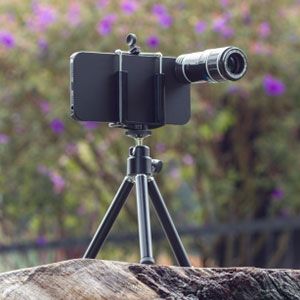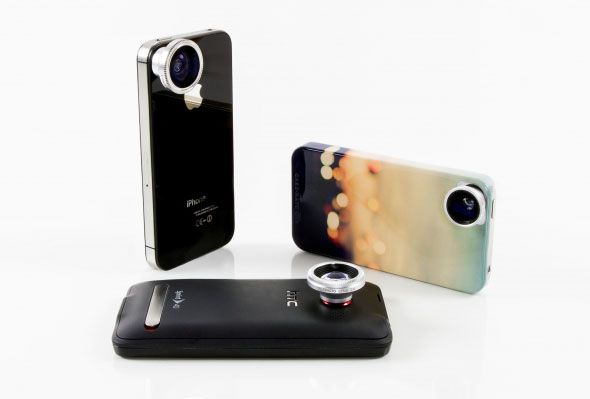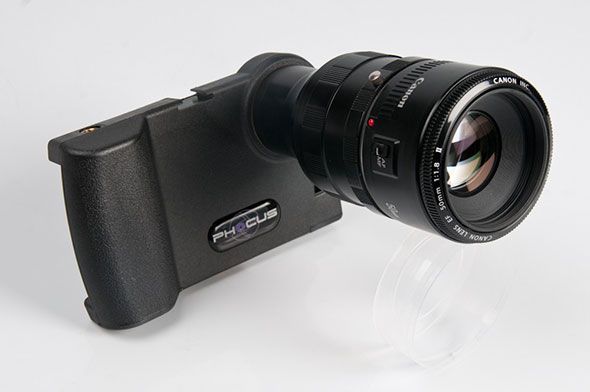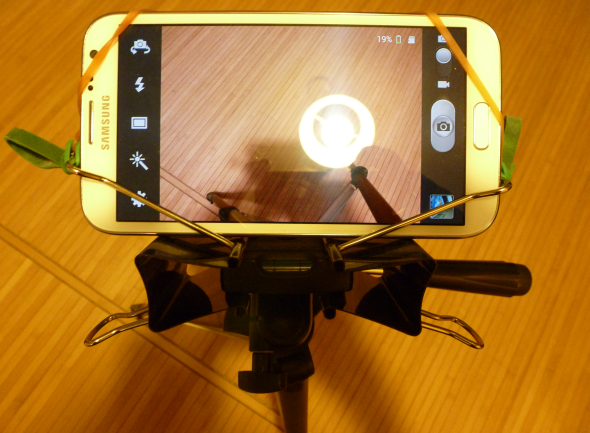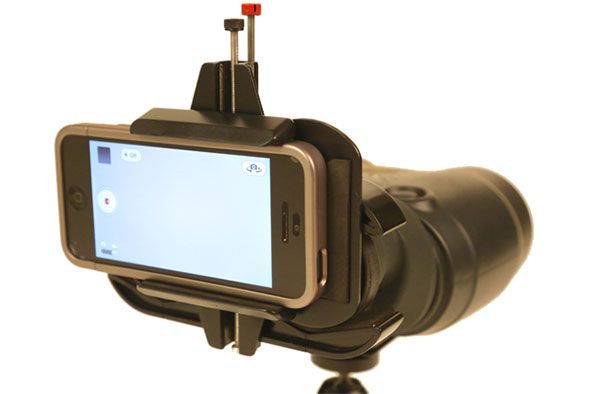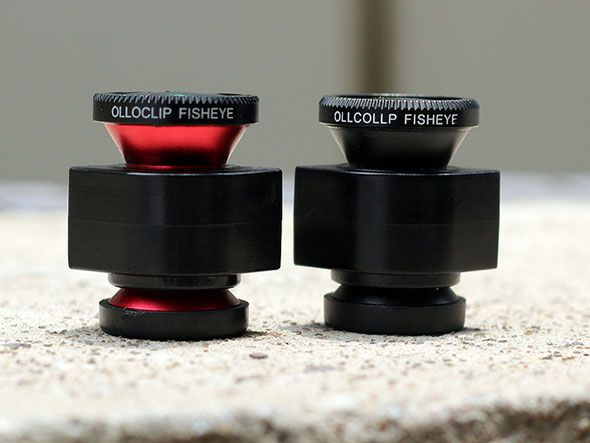A good photographer isn't defined by their equipment but how they overcome limitations. While our smartphones are equipped with better cameras than ever before, we're still stuck with the same digital zoom technology that's been around for years.
That's because there's no fixing digital zoom - it's permanently broken, and has been all along. There are better ways of taking smartphone photos than to use digital zoom, especially if you don't want blurry images and distant subjects.
Today's article is all about getting more from your iPhone, Android or other smartphone lens.
Avoid Digital Zoom
Some people don't think digital zoom is that bad, but I'm not one of them. I personally never see a need to ever use digital zoom, and I think you're better shooting without zoom and then cropping your photo afterwards instead. This is because digital zoom isn't magnifying your image but stretching it instead, and this is one sure-fire way of losing clarity and image quality.
For quick snapshots, digital zoom might not make a huge difference and if you really have to use it then be sure to not go too far and use it at its maximum levels. Digital zoom at 2x will stretch all pixels by a factor of two, which is noticeable but not unforgivable. A digital zoom of 4x on the other hand will probably destroy image quality.
Get A Telephoto Lens
The best results you can get from your smartphone camera come from accessories and dedicated optics. There are a number of purpose-built zoom lenses for smartphone photographers, designed solely to provide magnification without resorting to digital zoom or moving closer to your subject. Tailor-made zooms like the Photojojo 2x $20 telephoto and slightly more expensive $35 8x-12x telephoto work, though can be a little unwieldy and provide relatively "soft" images due to the quality of the optics.
There an endless number of cheap and flimsy no-name models that cost a few dollars each on eBay, but you should expect similar quality to the price you pay.
More interestingly there are also systems like the expandable Phocus Case system for iPhone 4, 4S and 5. In addition to the macro and wide-angle lenses, Phocus also sell a $250 SLR mount case which provides compatibility with Canon EOS lenses. Yes, it looks ridiculous:
Photojojo also produce their own SLR mount for iPhone at a price of $250, though they have Canon and Nikon mounts available. Those of you with plenty of time and a steady hand can try and build a DIY SLR mount, as seen on captin nod's blog where he builds his own rather impressive iPhone SLR rig.
Use A Tripod
Whether you are using digital or optical zoom, steadying your shot with a tripod will provide best results. The longer the lens (and the higher the magnification), the more unstable the shot will potentially be and while modern smartphones like the iPhone 5 and Samsung Galaxy S4 come with image stabilisation, it's not necessarily enough to save every shot. If you're zoomed in, you'll need to maintain a very steady hand or use a tripod for best results.
https://www.anrdoezrs.net/links/7251228/type/dlg/sid/UUmuoUeUpU59626/https://vimeo.com/51718949
There are a range of smartphone adapters that allow you to connect your device to a standard tripod, such as The Glif and Joby's GripTight Mount at $30 and $20 respectively. If you're not keen on spending that sort of money you could always make your own using one of Tina's tested designs, most are small enough to fit in your pocket when not in use.
Of course, you might find that you don't always have a tripod nearby and in this case it's within your interests to be opportune. Resting your phone on a nearby static object (even the floor) might just provide the temporary stability you need to come away with a great shot.
Use Binoculars
A very real possibility for smartphone photographers and videographers, particularly those who want to capture sport and nature, is to use binoculars. Only recently did Kickstarter project Snapzoom make a splash on the enthusiast scene by effortlessly reaching the $55,000 target and securing orders from retailers like B&H Photo. Snapzoom is a completely universal smartphone binocular mount which is expected to retail for $79.99, though at present you can only pre-order.
If you can't wait however, one Instructables user has come up with an interim solution - a DIY binocular mount for smartphones. It's not exactly going to provide the same results as the tailor-made crowd-funded version but the sample shots are a lot more impressive than I was expecting them to be.
Don't Forget Macro & Wide-Angle Shots
If it's close-up photography you're interested in you'll want a macro lens for your smartphone. You can either choose from a range of tailor-made products such as the Olloclip, a 3-in-1 fisheye, macro and wide-angle clip-on lens or opt to make your own. While the Olloclip isn't exactly cheap at just short of $70 for the latest iPhone 5 variant, impressive macro results can be had without spending a penny.
By using lenses you have lying around, you can fashion your own version of the Olloclip using some blu-tack or masking tape and a little trial and error. Spy-glasses for doors make excellent macro lenses, though you'll want to break the viewer down to its smallest pieces as described in this Instructables guide.
Macro and wide-angle lenses can also be fashioned from old DVD players (the lens used to focus the laser) as well as disposable or just plain old film and digital cameras. WonderHowTo describes how to use a drop of water to magnify your subject, and while this works it's not exactly practical (and there's always the possibility of water penetrating the lens seal).
Do you have any tips for better smartphone photography? Have you got an Olloclip, or did you make yourself a lens for your smartphone? Share your thoughts, ideas and best shots in the comments, below.
Images: Photojojo Telephoto, Digital Zoom (Bennett4Senate), Olloclip Fisheye (Warren R.M. Stuart)

